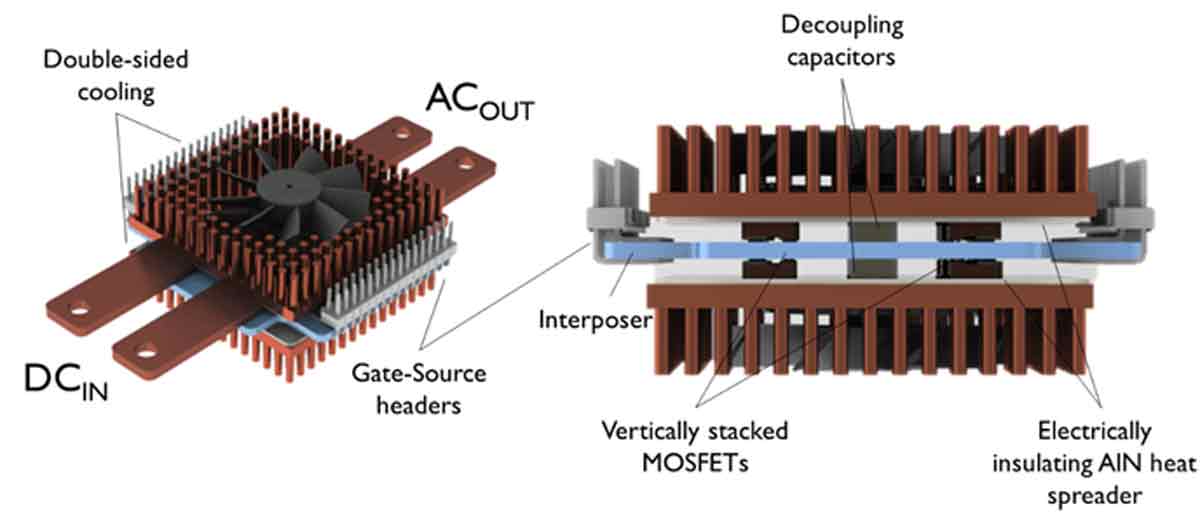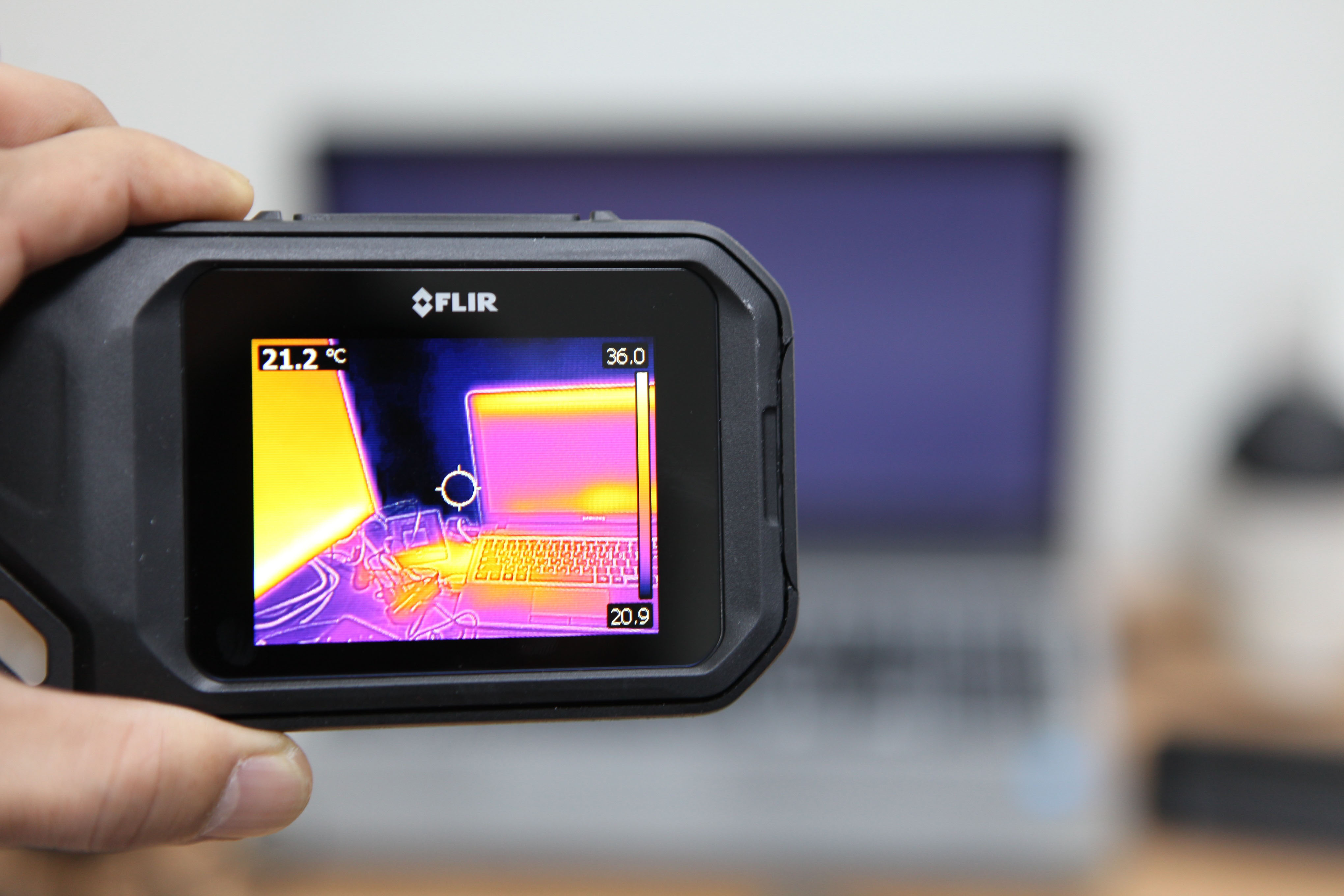
The Electronification
of Transportation
The University of Arkansas is considered to be among the top power electronics programs in the world by its peers, thanks – in part – to Alan Mantooth. His work is charting a new course for the electronification of transportation and will impact generations of travelers for years to come.
According to the U.S. Department of Energy, in 2018, air transportation utilized more than 18 billion GGEs – or gasoline gallon equivalents – per year. Planes like the Cessna 337, predominantly used as air taxis for archipelagic regions, are notorious gas guzzlers that have historically featured two engines. Now, though, manufacturers like Ampaire are testing motor drives developed by the U of A in hybrid electric planes that will trade out one of the gas-powered engines for battery power instead. Not only is the new alternative six times as powerful as a Toyota Prius, it’s smaller than a laptop as well.

“The environmental impact of this change is huge,” Mantooth said. “Now, these planes can taxi on electricity instead of gas and use the gas engine only when a boost of energy is needed in the air. We built the power electronics to fly this plane – this is the kind of experience our students get. The best and brightest can come here because this is what we’ve created for them.”
Power management through power electronics is everywhere – from palm-sized devices like cell phones to airplanes like the Cessna described above – and they all involve the integration of semiconductors, packaging, circuits, and controls to build efficient and resilient systems. “It’s an exciting time to be in our field and work in power and energy,” Mantooth said. “We are finding solutions to real-world issues with these technologies. ”

 “Engineering researchers at the U of A achieved a major milestone in 2023 with the successful test flight of their electric motor drive on a hybrid electric
aircraft. ”
“Engineering researchers at the U of A achieved a major milestone in 2023 with the successful test flight of their electric motor drive on a hybrid electric
aircraft. ”
How POETS Comes Into Play
POETS, the Center for Power Optimization of Electro-Thermal Systems, leads much of the work toward increased electrification in all modes of mobility and transport and is headquartered at the University of Illinois at Urbana-Champaign. As a partner school, the University of Arkansas contributes meaningful research through laboratory facilities like the National Center for Reliable Electric Power Transmission (NCREPT) and the Low-Temperature Co-Fired Ceramics (LTCC) laboratory at the High Density Electronics Center (HiDEC). The former houses grid-scale regenerative power electronic drives, circuit breakers, transformers, controls, data acquisition units and large-scale dynamometers, while the latter provides a unique facility for creating many of the integrated and packaged power modules forming the basis of power electronics components.
 POETS Partners include the University of Illinois at Urbana-Champaign, Stanford University,
and Howard University.
POETS Partners include the University of Illinois at Urbana-Champaign, Stanford University,
and Howard University.

How does POETS play a role in powering planes like the hybrid engine Cessna? The center’s focus on the advanced design of electric transportation – including planes, trains and automobiles – includes the management of heat as it affects electronics. When electronic components are packed together, the heat that results from their proximity can create a challenge. Through POETS, Mantooth and his fellow researchers can address electro-thermal design problems and help create high-powered components that carry a smaller footprint – both for the products they’re included in and for the environment. The result is a winning combination for the electronification of transportation and adds to the university’s pursuit to build a better world.